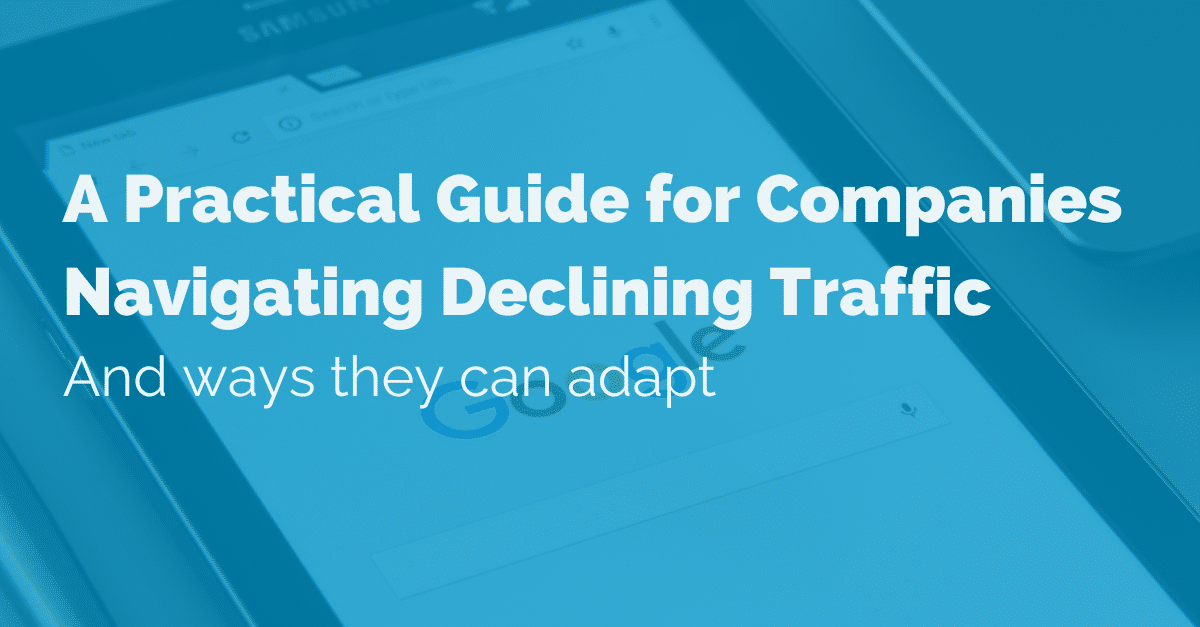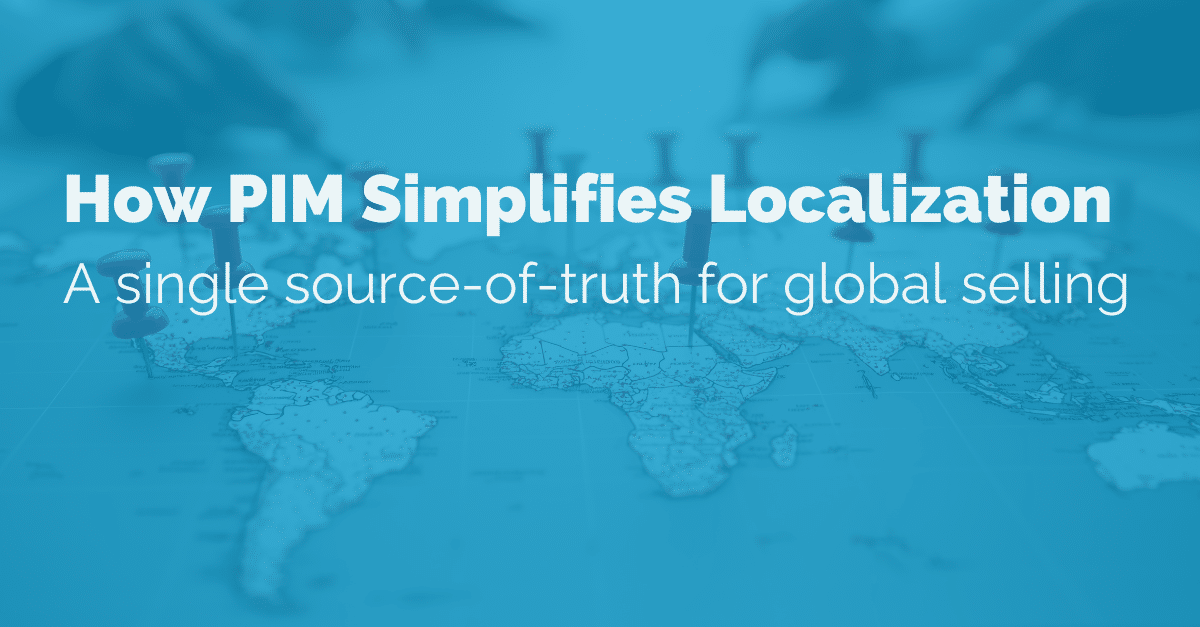To PIM or Not to PIM?

It’s time to implement a PIM system if you sell in an increasingly congested eCommerce market, or you’ll risk falling behind the competition. Businesses that fail to meet the expectations of omnichannel shoppers are likely falling victim to subpar product information. Typically, the root cause of this is outdated and disparate sources for said product information. If you’re wondering, “why do I need a PIM system to scale my business”, keep reading.
Why Do You Need a PIM?
One strategy to stay ahead of the competition in the future is to understand why you need a PIM tool and develop an efficient PIM system. Product Information Management (PIM) is increasingly used as retail and eCommerce grow and product data volume rises. In essence, adopting a PIM solution offers advantages such as expanding into new markets, boosting team efficiency and satisfaction, and reducing online purchase returns.

The benefits of integrating a PIM system into your eCommerce ecosystem extend well beyond basic data management. High-quality images, multimedia, detailed product descriptions, technical specifications, and product relationships are essential for success. In other words, a PIM system combined with an eCommerce platform is the ideal solution for managing your online business smoothly and error-free.
Here are some more crucial reasons why you need a PIM system for properly managing product information.
Increased Revenue
Every company owner wants to increase revenue, but did you know that 90% of eCommerce companies fail for a variety of reasons? According to a study, “bad product content, unclear return policies, and unclear marketing strategies are some of the causes.”
You can save money if you implement a PIM system because a PIM’s primary function is to ensure that you don’t have to worry about inaccurate product information. Consequently, all of your customer-facing information will be precise and help to guarantee that your consumers receive exactly what they expected. In addition, this will help returns drastically decrease and lead to increased revenue and profits.
Enhanced Productivity
Your team can access all the information they need about a specific product in one place thanks to the central hub. Basically, the process of finding, cleaning, and piecing together your product information won’t take up any extra time or cause confusion. With the time you can save, you can increase the size of your product catalog or even onboard new products.

You can operate more nimbly if you have a back office system with all of your product content that your staff can access and change with your eCommerce business. Your team can make information as accurate as possible when all of your product information is organized using a PIM platform.
For example, a PIM facilitates cooperation and increased productivity in distant teams by allowing everyone to work from any location without having to visit a colleague’s desk to inquire about the appropriate version of the file. Additionally, you can work on the same product and its details at the same time without affecting the workflow or perspective of others. Filtering on a shared spreadsheet can lead to issues, as everyone who has ever done so knows.
Accelerate Time to Market
Product launches may be stressful, and a lack of planning is the most common reason for problems. A product information management system can ensure that, of the many difficulties you may have during a product launch, product information is not one of them.

Product managers may make sure they have the data and digital assets for a new product on schedule by using a PIM and employing multichannel selling. By cutting the time it takes to onboard product information from several hours to a few minutes, PIM ensures a time-to-market increase for products to reach the market twice as quickly.
Improved Employee Satisfaction
Is the saying “Happy employees create happy customers” familiar to you? When you create a tech stack that enables workers to reduce time-consuming manual labor and save time, they are more motivated to complete the work and can focus on performing well rather than worrying about procedures. Additionally, they will have more time to concentrate on other business-related tasks and come up with innovative ideas for expanding your company and satisfying your clientele.

As previously said, a PIM enables you to disseminate your product information and content all from one location. In essence, you will have all the product data, photographs, and descriptions you need, so you won’t have to search for the most recent ones. For instance, you can include press releases, additional material, relevant photographs, and all product details in your PIM if you are about to launch a new product line.
A PIM system’s strength lies in its ability to integrate these assets, product descriptions, etc. into catalogs, making everything readily available. Consequently, you make life much easier for the employees overseeing multiple channels. Additionally, you enhance their levels of productivity and simultaneously increase employee satisfaction.
Improved Customer Experience
A PIM system makes the creation of customer-centric product categories and structures is made possible. As a result, site navigation is much more user-friendly, helping to match exactly what a customer expects. Even further, all of the products appear when users conduct detailed searches, such as searching for a specific size or color. By making it easier and faster for customers to find products, this shortens their search time.
You can lessen errors that could harm the client experience by using a PIM tool. Additionally, you can be certain that your staff has access to current and accurate information, enabling them to promptly address any concerns or client inquiries regarding the product, improving the customer experience.

Improved Content Quality
By using a PIM system, products are more likely to receive the enhanced attention they require. Along with pictures or videos, customers anticipate reading comprehensive and precise product descriptions. In all likelihood, they will visit another store / website if they are unable to locate what they are looking for.
A PIM system provides the infrastructure you need to deal with your products more efficiently and effectively. Properly written product descriptions encourage the proper customers to buy. Essentially, getting the product past the checkout process is very dependent on being able to add product photos, videos, and other assets from one place.
Modern PIMs can link a product’s data with its digital assets by unifying the interface between PIM-DAM functionalities. This is relevant to digital asset management (DAM). Brands will have to provide timely, relevant, and fresh content on the appropriate channel. You may stay current with changing market conditions and technological advancements by integrating DAM into a PIM.

Bottom line
Businesses that use manual processing and operate in silos are making every effort to keep up with the competition, yet they are still lagging. On the cutting edge of digital technology, eCommerce is a dynamic and ever-changing environment.
A PIM solution is the most effective product data management tool for increasing sales, efficiency, and cost-effectiveness for any business that operates across numerous channels. Needless to say, a PIM for eCommerce is revolutionary. It guarantees that you get items to market more quickly, boosts productivity for the sales team, facilitates teamwork, provides a high return on investment, and much more.
Multiple people can operate simultaneously on the same database, which serves as a single, central source of data for the entire organization. If e-business owners, marketers, and managers wish to stay ahead of the competition, they should definitely think about incorporating PIM software in their organization. If you are looking to implement PIM software, just contact us at Pimberly.

















